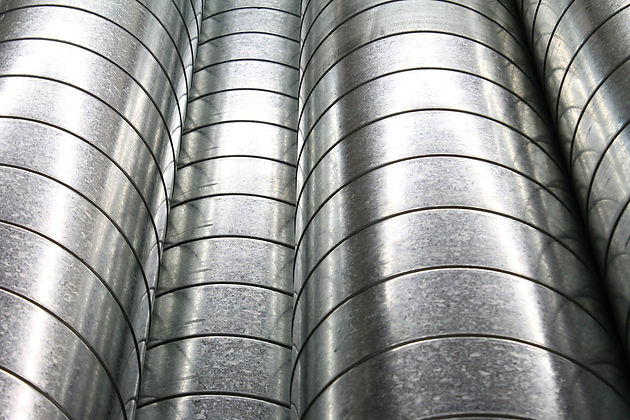Ducting & Sealing Services in San Diego

Your ducts are the most important system in your home, and if the ducts are improperly installed, they may be the cause of your high energy bill. According to the U.S. Department of Energy HVAC, ducting can lose 25-40% of it's cooled or heated air due to leaks, cracks, gaps or disconnected ducts. As easy as minor duct repairs may be, a qualified professional should always seal and properly insulate ducts in unconditioned spaces like attics or a vented crawl space to ensure the use of appropriate sealing materials.
Here are some helpful tips from the U.S. Department of Energy website.
-
Check your ducts for air leaks. First, look for sections that should be joined but have separated, and then look for obvious holes.
-
Duct mastic is the preferred material for sealing ductwork seams and joints. It is more durable than any available tape and generally easier for a do-it-yourself installation. Its only drawback is that it will not bridge gaps over ¼ inch. Such gaps must first be bridged with web-type drywall tape or a good quality heat-approved tape.
-
If you use tape to seal your ducts, avoid cloth-backed, rubber adhesive duct tape. It tends to fail quickly. Instead, use mastic, butyl tape, foil tape, or other heat-approved tapes. Look for tape with the Underwriters Laboratories (UL) logo.
-
Remember that insulating ducts in the basement will make the basement colder. If both the ducts and the basement walls are not insulated, consider insulating both. Water pipes and drains in unconditioned spaces could freeze and burst if the heat ducts are fully insulated because there would be no heat source to prevent the space from freezing in cold weather. However, using an electric heating tape wrap on the pipes can prevent this. Check with a professional contractor.
-
Hire a professional to install both supply and return registers in basement rooms after converting your basement to a living area.
-
Be sure a well-sealed vapor barrier exists on the outside of the insulation on cooling ducts to prevent moisture condensation.
-
If you have a fuel-burning furnace, stove, or other appliance or an attached garage, install a carbon monoxide (CO) monitor to alert you of harmful CO levels.
-
Be sure to get professional help when doing ductwork. A qualified professional should always perform changes and repairs to a duct system.
If you are not sure what the problem is, feel free to contact Sam Heating & Air Conditioning and we can help you find a solution.
